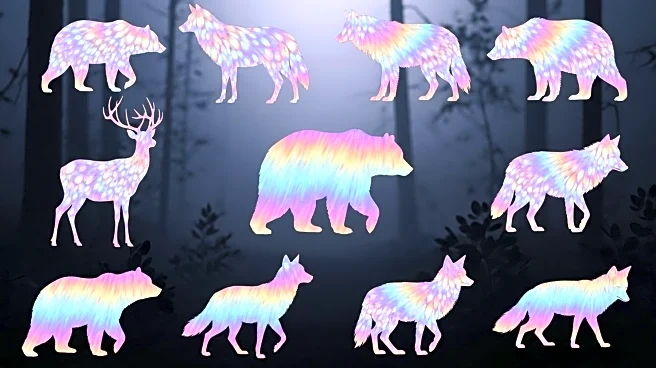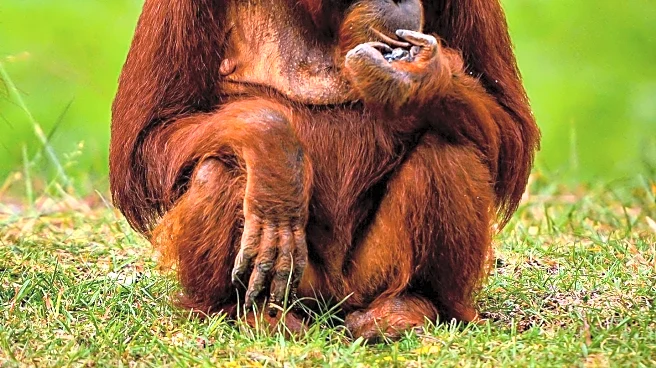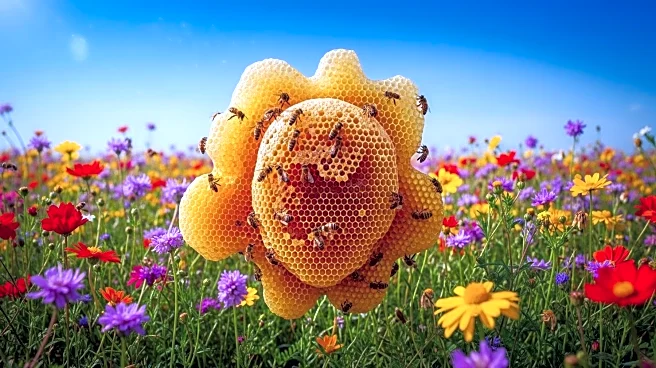What's Happening?
A recent study has revealed that iridescent fur, which changes color based on the viewer's perspective, is more common among mammals than previously believed. Jessica Leigh Dobson from Ghent University discovered iridescent fur in more than a dozen mammal species, including rodents and the giant otter shrew, while examining specimens at the Royal Museum for Central Africa. The study found that the fur's iridescence is likely a by-product of adaptations for burrowing or swimming, as the smooth surfaces of the hairs help keep the fur clean. The research challenges the previous belief that iridescence was unique to golden moles, opening new avenues for exploring the function of iridescent fur in mammals.
Why It's Important?
The discovery of iridescent fur in multiple mammal species expands the understanding of mammalian adaptations and biodiversity. It suggests that iridescence may play a role in visual communication, similar to its function in birds, although further research is needed to confirm this. The findings could lead to new insights into the evolutionary pressures that shape fur characteristics in mammals, particularly those living in challenging environments. This research highlights the importance of examining overlooked traits in animals, which can reveal unexpected aspects of their biology and ecology, potentially influencing conservation strategies and the study of animal behavior.











